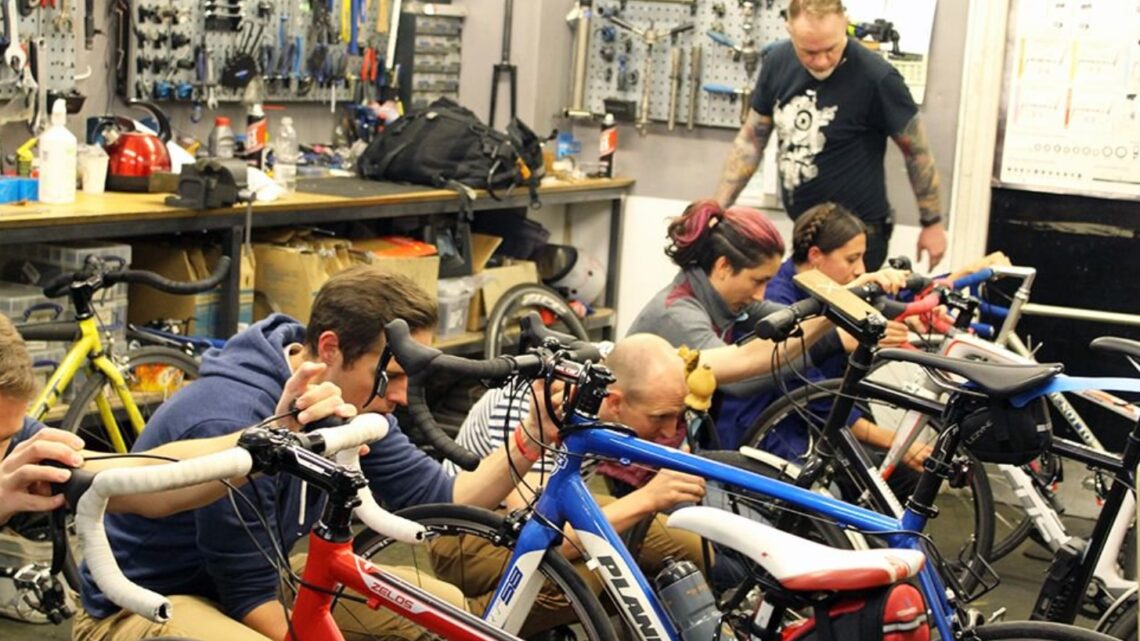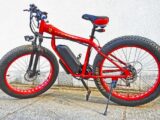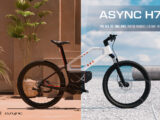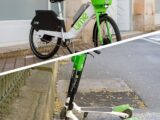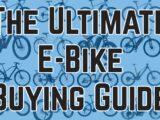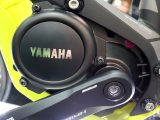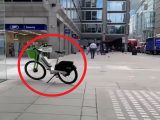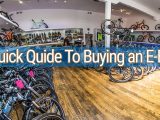- Pump up your tires before every ride using a floor pump. The goal here is to get the most traction without getting a flat. Tire pressure will change depending on course conditions. Consider running tubeless to increase traction.
- Wipe off your chain after every ride to remove excess lube and surface dirt, which will wear out your drive train.
- Lube your chain, the interval will depend on the type of lube used and riding conditions. Wax-based lubes will wear off quickly, 1-2 rides. wet lubes such as Teflon or wet lubes can last several rides before reapplication. Proper lubrication will increase the life of your drive train. Riding in wet weather will mean you need to reapply more often.
- Clean your bike whenever it is dirty, soapy water works great. There are speciality bike degreasers for taking off drive train muck. There is also polish to restore a showroom shine. If you don’t want to clean the whole bike clean suspension pivots and around the bottom bracket area and front derailleur.
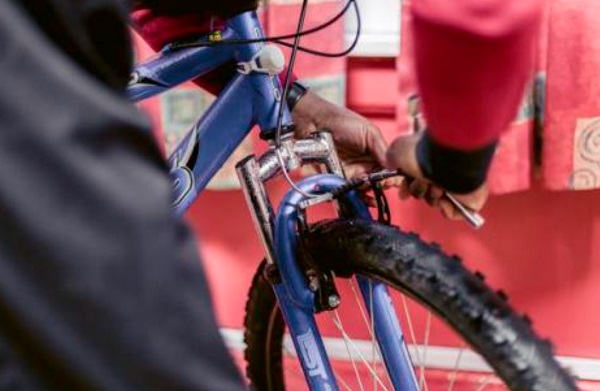
Now let’s talk about parts you might need to replace over time. While there are guidelines on the amount of use you should get out of these parts it is worth knowing that each part is different depending on the type of ride it is going through. So we always advice that a visual inspection is best rather than taking these distances as a guide…
- New chain, needed every 1000-2000 km depending on riding conditions. Replacing chains will increase life if cassettes and chain rings.
- New tires every 2000-5,000km depending on the tire. Some performance tires wear out quicker, ask your bike shop for recommendations to suit your riding style.
- New cables once a season to increase shifting precision. Shifting speed will increase and lever effort will decrease. Derailleurs will need readjustment shortly after the cable and housing settle.
- New tubes every few times you replace tires just as a precaution. Tubes will wear slightly with tires from being in contact; improper tire inflation will increase wear on tubes.
- Replace tire sealant once a season for tubeless setups to avoid ineffective dried up sealant.
- Cassettes will wear out with chains. If you replace the chain before it is completely worn out the life of the cassette will be greatly increased, up to 3 chains replacements before a new cassette is needed. If chain is replaced right when it is needed cassettes need to be replaced every other time you replace your chain. If chain is over worn the cassette will also need replacing.
- Change the battery of the e-bike every 1000 charges. You won’t know exactly how many that is, but the average time is 5 years so try and change it then (unless it is lasting as long as you need and seems perfectly fine)
- Brake pad wear will depend on riding conditions. Excessive braking in muddy conditions can wear out a brand new set of pads in one ride. Replace pads when there is 1mm of pad material left to avoid issues. Replace brake rotors when wear is evident or they appear to be rainbow-coloured which indicated overheating.
- Replace grips once a season or every other season as they wear out and can start slipping on the bars. If tape is used replace twice monthly to keep the surface fresh.
10. Other items (best to go to a shop to ask about these): rims, wheels, hubs, jockey wheels, derailleurs, headset bearings and carbon parts such as seat posts and handlebars.
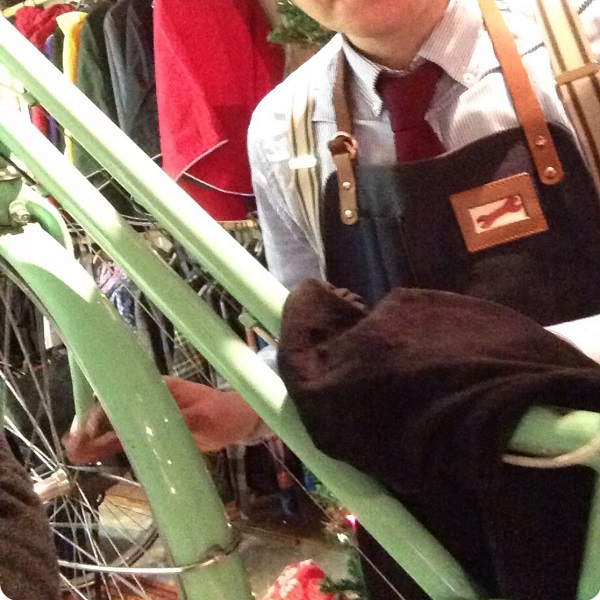
While you can always do these next things on your own we do advise that you get the following maintenance things done in a local bike shop or chain-store like Halfords…
- Drive train clean, it is a good idea to have the drive train taken off and washed twice over the life of a chain. Once in the middle about 1000 km to clean it off well to extend the life of the chain and parts. Once at the end of a chains life clean all the parts before a new chain.
- Bottom bracket overhaul will depend on the parts. About every 1500km on external threaded or internally threaded bottom brackets. Riding in the rain will decrease this service interval. Every 2000km on internal press fit style such as BB30. Will decrease noise and decrease wear on parts.
- Hub overhaul will depend on the hub type. Every 1000km on cup and cone bearings, it is a good idea to replace the balls every other time. Sealed bearing hubs every 4000km will need to replace bearings (bearings are about 100 times as expensive to replace as cup and cone). This will keep your wheels spinning free and significantly increase the life of parts
- Headset overhaul, depends on the type of headset. Should be done between 1500km. This will avoid clicks when climbing due to grime in the headset, will also increase life of frame and fork.
- Wheel trues, should be checked every 500km, more frequent adjustments will be needed on new wheels. A well built wheel with some minor adjustments at the beginning can stay perfectly in true for thousands of miles.
- Every 100 hours of riding time the fork and rear shock should be serviced. This means replacing seals changing oil and checking for worn parts. This can be expensive but is cheaper than a new fork. This will keep the lockout working and reduce wear of parts
- Suspension pivot overhaul once a season have the rear suspension taken apart. Check all the bearings and bushings for wear and replace if worn. This will decrease the wear on the rear triangle and suspension.
- Bleeding brakes, this will need to be done whenever the brakes start feeling mushy. The interval will depend on the parts, newer brakes need bleeding less frequently and are easier to bleed. If your brake uses dot fluid it should be bleed every year because the fluid will absorb moisture from the air and lead to issues. Mineral fluid brakes do not have this problem and will likely not need to be bleed unless there is a failure of a part which would likely require replacement
The most important thing to remember is that a clean e-bike is a happy e-bike. If you are willing to take a little bit of care with it there is no reason it won’t last 10 years+. If you have any other e-bike maintenance tips or want to know anything else about e-bikes do let us know in the comments below or via our contact us page.

